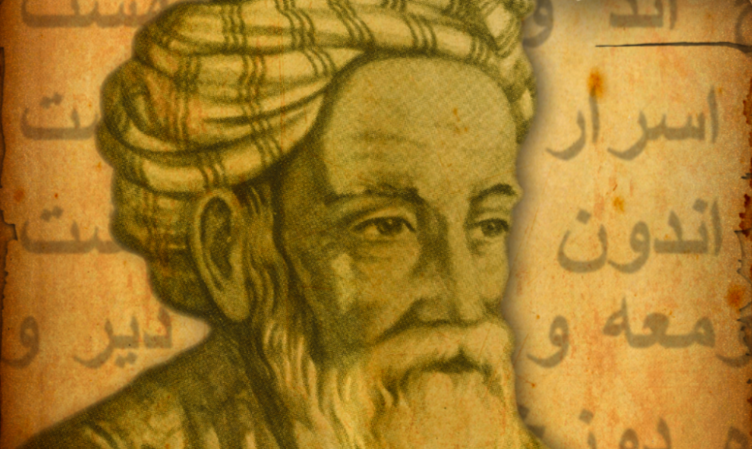In the third part on Stephan Hawking and the mind of god, VS Ravi establishes a link to Omar Khayyam.
In his famous book” The limits of Science”, Nobel laureate Sir Peter Medawar cautions “that there is indeed a limit upon science is made very likely by the existence of questions that science cannot answer, and that no conceivable advance of science would empower it to answer. It is not to science therefore but to metaphysics , imaginative literature, or religion that we must turn for answers to such questions”.
Having regard to Medawar’s stature in the world of science, one has to take his views seriously.
 Since we have the sanction, of Medawar’s opinion, to turn to literature, I would like to first quote some quatrains from one of the most famous poems in the English language “the Rubaiyat of Omar Khayam” which are relevant to the issue under discussion. First a few words about Omar Khayyam.
Since we have the sanction, of Medawar’s opinion, to turn to literature, I would like to first quote some quatrains from one of the most famous poems in the English language “the Rubaiyat of Omar Khayam” which are relevant to the issue under discussion. First a few words about Omar Khayyam.

Omar Khayyam was a Persian mathematician, astronomer, and poet, who was born in Nishapur, Iran , on May 18, 1048 and died on December 4, 1131. As a mathematician, his contribution covers practically the entire range-of mathematics – cubic equations, theory of parallels, real number concept, non-Euclidian geometry, Geometric algebra, Binomial theorem –all separate fields in which he found solutions for some equations and improved our understanding of others.
As an astronomer, he designed the first true solar calendar, which was more accurate (an error of just one day in 5000 years) than the Gregorian calendar (an error of one day every 3360 years) — the main feature of Omar Khayyam’s calendar was that the duration of a month was equal to the time of passage of the sun across the corresponding Zodiac sign with a very precise cycle.
Read- Stephen Hawking And the Mind of God- Part 1 Here
As a poet he wrote “the Rubaiyat of Omar Khayyam in the form of quatrains. This marvelous poem became very famous in the English speaking world because of its superb translation by Edward Fitzgerald in1859.
“The Rubaiyat of Omar Khayyam” can be broadly divided into three categories. The quatrains in the first category spell out in no uncertain terms, the limitation of human intellect and man’s utter inability to understand creation.
The quatrains, in the second category, draw attention to the ephemeral nature of human existence and the fact that once dead, man will never ever return to this world.
Read Part 2 Here- Stephen Hawking And the Mind of God
The third category follows logically from the second- since man will never return, to this world, he should enjoy sensual pleasures and “be merry with the fruitful grape” during his brief stay on the planet.
The two quatrains like the ones I have quoted below, belong to the first category.
“Why all the Saints and Sages who discuss’d
Of the Two Worlds so wisely -they are thrust
Like foolish prophets forth; their words to scorn
Are scattered and their Mouths are stopt with Dust”
“Myself when young did eagerly frequent
Doctor and Saint and heard great argument
About it and about .. but evermore
Came out by the same door where in I went.”
In these two powerful quatrains, Fitzgerald has contemptuously brushed aside the futile attempts made by saints, sages, and men of science to unravel the mysteries of creation. He says that they have all been going round in circles without gaining one “painful inch” like the tired waves that Arthur Clough spoke about.
The quatrains of the second and third category seem to merge into one another but there is a subtle distinction. The two quatrains I have quoted below belong to the second category.
“And as the cock crew, those who stood before The Tavern shouted-Open then the Door!
You know how little while we have to stay
And once departed may return no more”
“Oh threats of Hell and Hopes of Paradise!
One thing at least is certain-This life flies
One thing is certain and the rest is lies
The Flower that once has blown forever dies”
(To be continued)














































